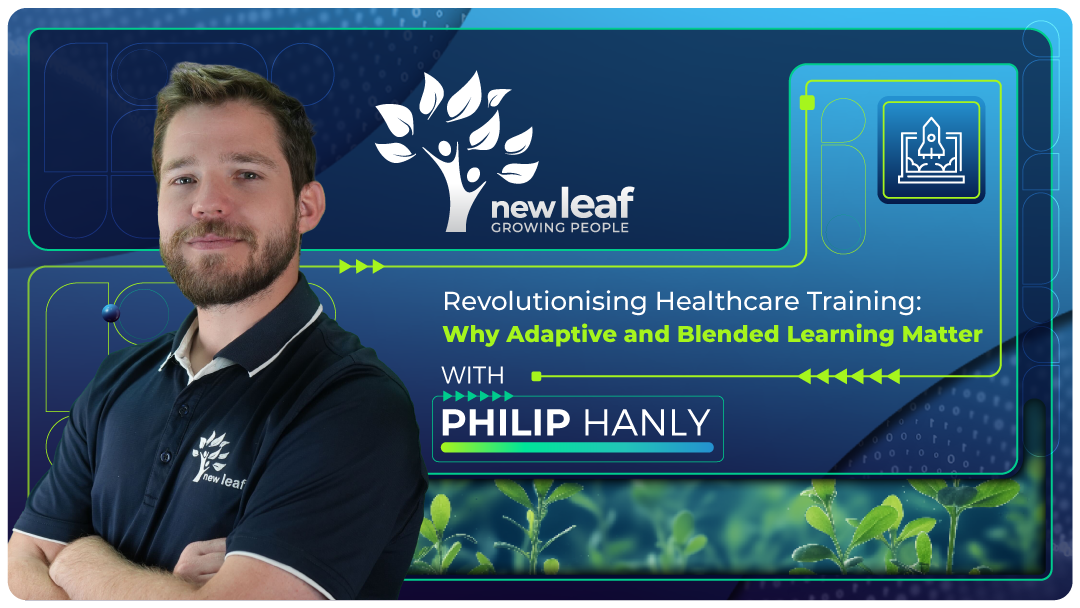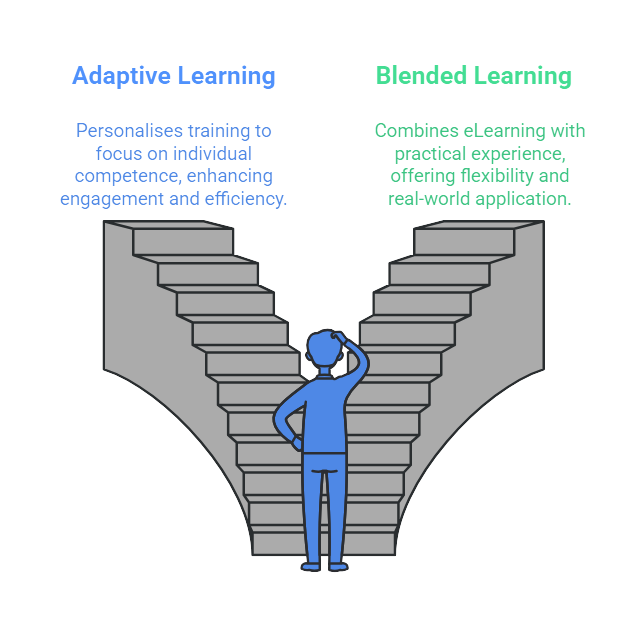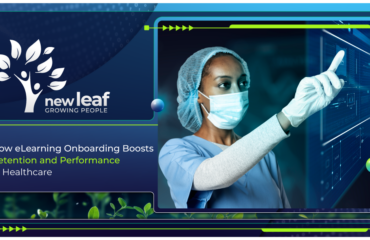
As I am sure we are all aware, the healthcare industry has undergone a few giant changes recently – and whilst new regulations can take time to implement, an increasing demand for quality patient care, as well as ongoing skills shortages means that healthcare professionals are under pressure to do a whole lot more…the need to keep learning is greater than ever! But let’s be honest, traditional training methods are simply not working. Time is short, attention spans are shorter, and sitting through another dull compliance session is about as appealing as a waiting-room magazine from 2009. Over the years since COVID, we have seen evidence of how eLearning can fill this gap…so I thought I’d share some insights into the two ways that I have seen this happen.
Adaptive Learning
In South Africa, ongoing training and development play a critical role in addressing skills shortages, improving patient care, and ensuring compliance with our ever-evolving regulations. But staying up-to-date shouldn’t mean long-winded lectures or thick binders of regulations that gather dust. We also can’t continue down the path of a “one-size-fits-all” approach where all learners do all content. It doesn’t make sense. Each learner has a different level of competence. By adopting an adaptive, more personalised approach, we can ensure that each professional gets the training they actually need, skipping over what they already know and focusing on the areas where they need help.
Imagine scoring well in 4 out of your 5 competency areas, yet still having to sit through training that covers content you already know 80% of. Whether in a classroom or online, the experience would feel tedious and disengaging long before the relevant content even appears. No matter how interactive, gamified, or well-designed the course is, if it doesn’t align with your learning needs, you’re simply not going to engage with it. On the other hand, if you only needed to complete the competency you are not very good at, you might find it a little easier to work through it. This would also save you a significant amount of time.
Blended Learning
While adaptive learning personalises the training experience, blended learning ensures that professionals can learn in a way that suits their environment and daily responsibilities. The reality of healthcare is that it’s fast-paced, unpredictable, and often high-stakes – there’s little room for extended classroom-based training. Blended learning offers the best of both worlds: the flexibility of eLearning with the practical, hands-on experience that healthcare professionals require.
There are so many examples of how this could help. For instance, consider a scenario where a healthcare professional needs to stay updated on the latest patient care protocols. Rather than attending lengthy in-person training, they can engage in a blended learning experience. They would watch short, targeted video lessons on best practices, participate in virtual sessions through Zoom, and then apply their learning in a simulated or supervised setting. This approach maximises efficiency, reinforces critical skills, and ensures that professionals can access training when and where they need it most.
Which learning approach best suits your needs?

By embracing both adaptive and blended learning, we can transform healthcare training into something agile and more efficient. Because in an industry where lives are on the line, a smarter learning strategy is crucial in paving the way for a future, where knowledge is more accessible, practical, and impactful.




